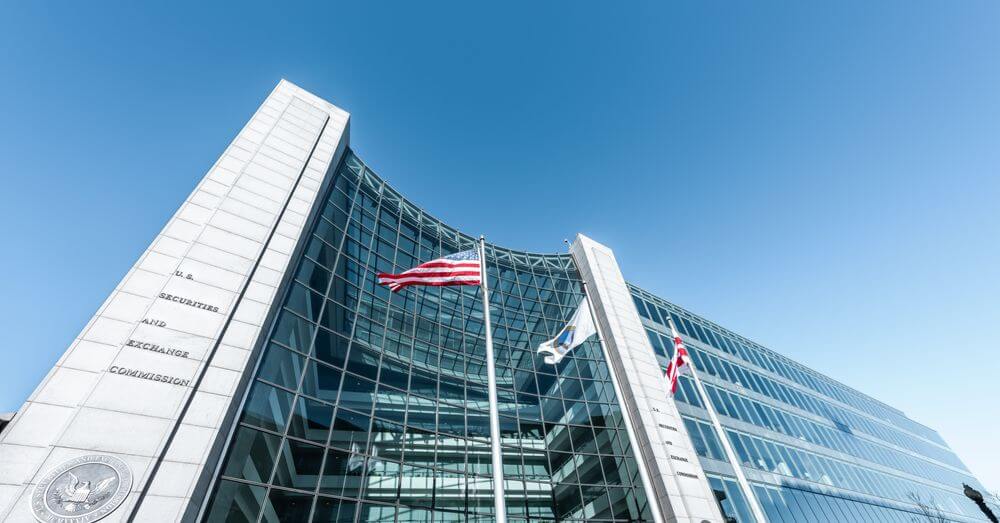ARTICLE AD BOX
TLDR
- XRP Ledger activated its “Credentials” amendment on September 4, 2025, enabling native on-chain KYC/AML verification
- The upgrade introduces three new transaction types: CredentialCreate, CredentialAccept, and CredentialDelete
- Personal documents never touch the blockchain – only signed credentials are stored on-chain for privacy protection
- The feature allows businesses to set compliance requirements without manually approving each account individually
- This update prepares the network for future permissioned features like Permissioned Domains and Permissioned DEX
The XRP Ledger implemented a major protocol upgrade on September 4, 2025, introducing native identity verification capabilities directly on the blockchain. The “Credentials” amendment activated at 03:51:21 UTC after achieving an 80% validator supermajority maintained for two weeks.
The new feature enables businesses and institutions to implement Know Your Customer (KYC) and Anti-Money Laundering (AML) compliance requirements without building separate verification systems. This represents a shift toward making the XRP Ledger more accessible to regulated financial institutions.
The upgrade introduces three new transaction types to handle credential management. CredentialCreate allows trusted issuers to provision credentials for users. CredentialAccept lets users validate and accept these credentials. CredentialDelete enables revocation or cleanup of existing credentials.
1/ The Credentials feature on XRPL is now live! It gives developers and businesses a way to handle identity checks and compliance requirements directly on-chain, without the need to manually approve each account one by one. pic.twitter.com/Iaa8cXy2Tk
— Kenny (@kennyzlei) September 4, 2025
The system draws from the W3C Verifiable Credentials standard but adapts it specifically for XRP Ledger addresses. Users can prove they meet specific requirements without repeatedly going through verification processes with different service providers.
Privacy protection remains central to the design. Personal documents and sensitive information never get stored on the blockchain itself. Instead, only signed credentials containing verification status are recorded on-chain.
How the Verification Process Works
The typical workflow begins with a business defining what credentials they require from users. A trusted third-party issuer then creates and digitally signs the appropriate credential after verifying the user’s identity through traditional means.
Users accept and store these credentials in their XRP Ledger accounts. When interacting with businesses that require compliance verification, the credentials are automatically checked on-chain during transactions.
This eliminates the need for businesses to manually approve each user account individually. It also reduces the privacy risks that come from sharing sensitive information multiple times across different platforms.
The system extends existing features like DepositPreauth, allowing deposit authorization to be expressed through credential requirements. Several transaction types including Payment, EscrowFinish, and PaymentChannelClaim now support a CredentialIDs field.
Building Toward Institutional Adoption
XRP validator Vet confirmed the amendment’s activation and outlined plans for additional compliance features. The next development priorities include permissioned domains and a permissioned DEX that would work alongside the credentials system.
Ripple engineer Kenny highlighted how this update streamlines the user onboarding process while maintaining security standards. Businesses can now implement automated compliance checks without compromising user privacy or requiring manual intervention.
The credential system serves as infrastructure for more advanced institutional features under development. Future permissioned constructs will require participants to present valid credentials to access controlled liquidity pools or domain-specific markets.
Ripple has positioned itself to capture growth in asset tokenization, projecting that 10% of global assets will become tokenized by 2030. The credentials amendment provides the compliance framework needed for traditional financial institutions to participate in on-chain markets.
The activation follows months of development and testing on the XRP Ledger’s Devnet environment. The feature moved from “open for voting” status to full production deployment across all network validators.
Ripple’s reference server releases had previously included the Credentials amendment among available upgrades, allowing developers to prepare integration code ahead of mainnet activation.
 (1).png)
 5 hours ago
409
5 hours ago
409







 English (US) ·
English (US) ·